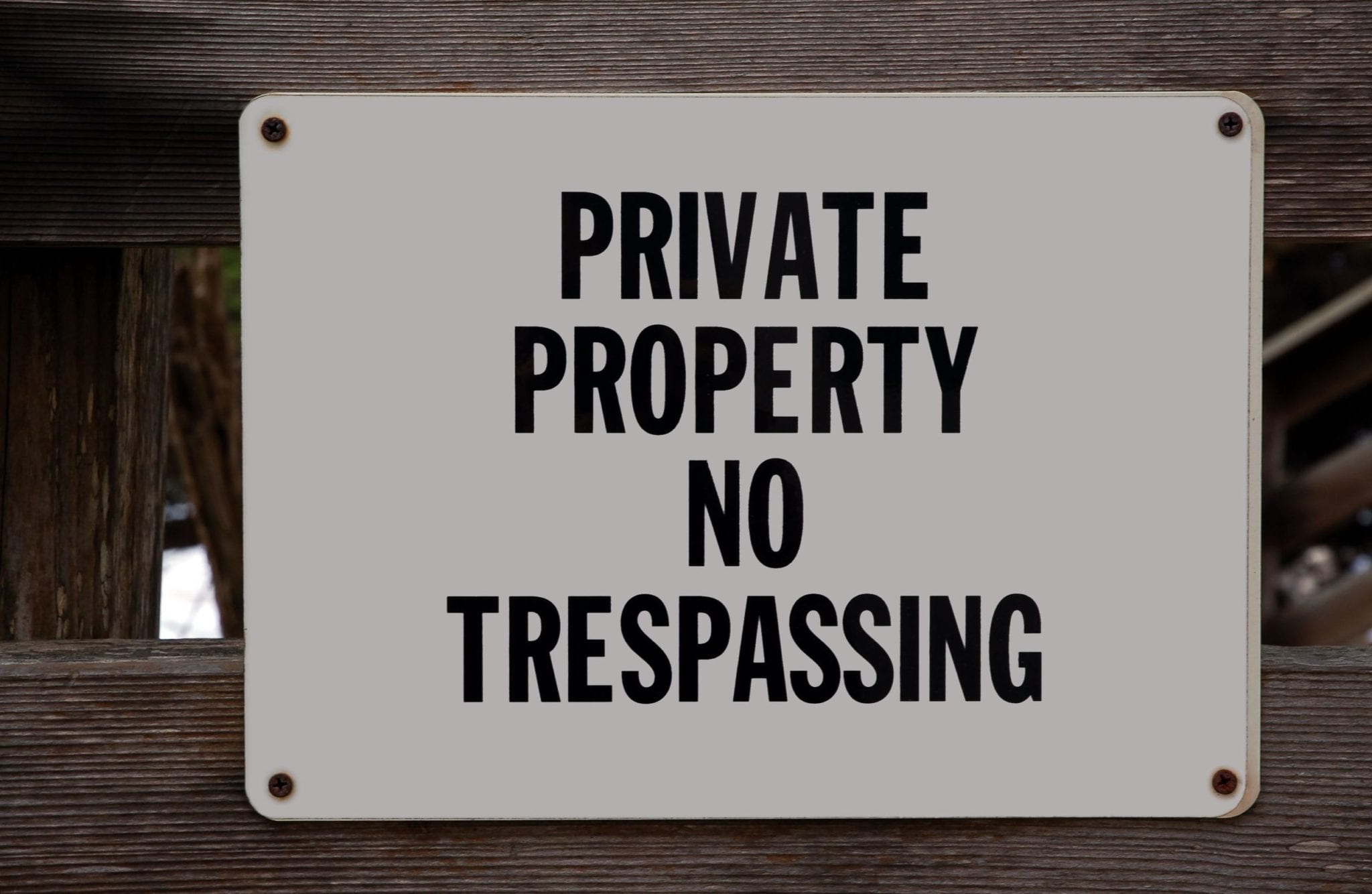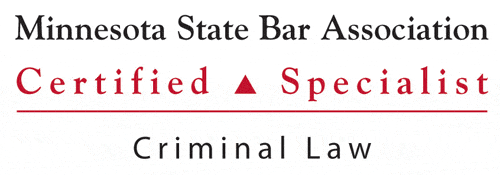
In October 2016, four activists broke into an Enbridge Energy facility to shut down the flow of oil through one of the facility’s pipelines. The activists, who were from different states around the country, filmed themselves participating in the protest and were later arrested for trespassing. As the court case is moving to closure, their defense is growing stronger.
The activists are a part of a larger movement held by Climate Direct Action that aimed to stop the flow of oil to bring awareness to the dangers of climate change and act in solidarity with the Dakota Access Pipeline. Over 100 law professors have weighed in on the subject as it has been debated in the Minnesota Appeals Court.
Many experts believe that the activists have a legitimate defense option at hand. What is it?
The Necessity Defense
There are many defense strategies available for people who have been charged with trespassing. The one being brought up in Minnesota is called the “necessity defense.” This argument can be used when someone commits an act that is against the law, but was compelled to do so by necessity or to prevent great harm.
The necessity defense can be used when:
- The defendant is faced with an imminent threat of danger to themselves or another person
- The defendant was not the cause of the threat in the first place
- There are no practical or legal alternatives to resolve the situation at hand
- The defendant acted out of necessity at all times
In this case, the protesters could argue that the threat of climate change and global warming is the larger threat at hand. The harm caused by climate change, says protesters and their supporters, is much greater than the harm caused by trespassing and shutting down the oil pipeline.
Many protesters with similar missions are facing legal repercussions for their actions, but others have found success with the necessity defense. Cases involving climate change protesters in Massachusetts and Washington have both been dropped due to this defense strategy.

In February 2018, a judge ruled that this defense can be used to defend the activists. At this point, the activists have not been let off, but the recent ruling is a positive sign that the court case could end in their favor. The case will be held in Clearwater County in late 2018.
This is a unique case that is making headlines throughout the state, and can provide key insight into forming an effective defense if you have been charged with criminal trespassing in Minnesota.
What to Know about Minnesota Trespass Laws
You may face gross misdemeanor charges.
Minnesota trespassing charges are misdemeanor or gross demeanor charges. Most trespassing acts are misdemeanors, and may result in 90 days in jail and/or $1,000 in fines.
Gross misdemeanors are more serious than misdemeanors. Persons convicted of gross misdemeanors may face up to a year in jail and/or $3,000 in fines. Trespassing becomes a gross misdemeanor when:
- The defendant trespasses on land that has domestic animals for commercial production
- The defendant knowingly disregards signs that prohibit trespassing
- The defendant trespasses after being told not to trespass
- The defendant has trespassed twice in a three-year period
- The defendant trespasses at an emergency shelter providing assistance to battered women and children
- A group of three or more people trespass around a private school building
Additional charges may apply if the defendant is charged with theft, robbery, or burglary.
Small signs can set you free.
Minnesota has strict regulations that dictate how property owners and organizations must tell unwanted visitors that they are not allowed to trespass. Signs must be 8-1/2 inches by 11 inches, with letters that are over two inches high. The signs must include information Minnesota’s trespassing laws and be placed so that potential trespassers can see them and be warned of the laws.
If these signs are hidden, or placed too far apart (signs must be placed at intervals of 500 feet or less), defendants may be able to use this as a part of their overall defense strategy.
Necessity doesn’t just apply to climate change protests.
The necessity defense covers more than just environmental or social justice issues. A physical threat could be another person, an injury, or other elements. For example, if someone is driving on the road and has to trespass onto private property in order to avoid a car crash, they could use the necessity defense.
Other defense strategies for Minnesota trespassing charges include:
- Consent (the defendant had the consent of the property owner)
- Duress (the defendant was forced to trespass through threat or coercion)
- Recovering property (entering a property to get property that was once – and is still legally – owned by the defendant)
Talk to a Minnesota Defense Lawyer Today

As you can see, the necessity defense only works for specific trespassing cases. However, there are other arguments that you can use as well.
If you have been charged with criminal trespassing, reach out to a Minnesota defense lawyer who can explain all of your options.
About the Author:
Christopher Keyser is a Minneapolis-based criminal and DWI defense attorney known for fighting aggressively for his clients and utilizing innovative tactics to get the most positive results. He has been featured in numerous media outlets due to the breadth and depth of his knowledge, and recognized as a Minnesota Super Lawyers Rising Star (2014–2015), a Top 100 Trial Lawyer (2013–2015), and a Top 40 Under 40 Attorney (2013–2015).





